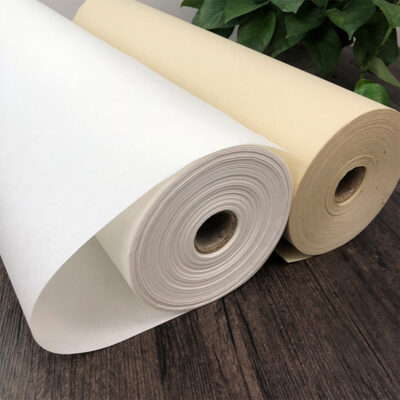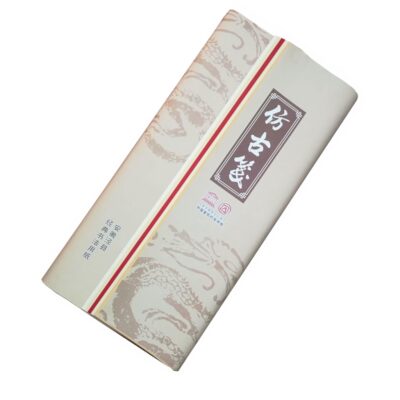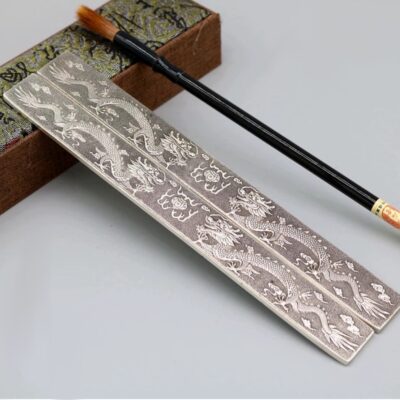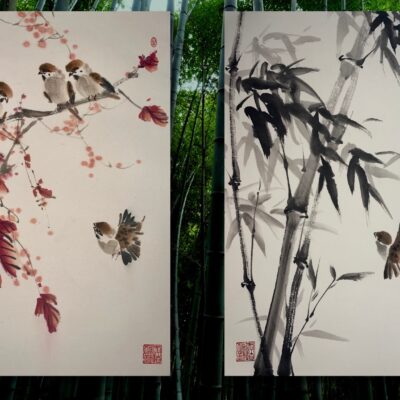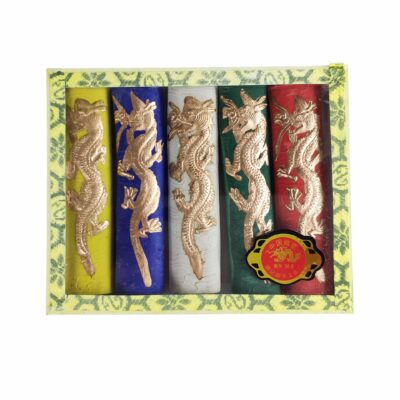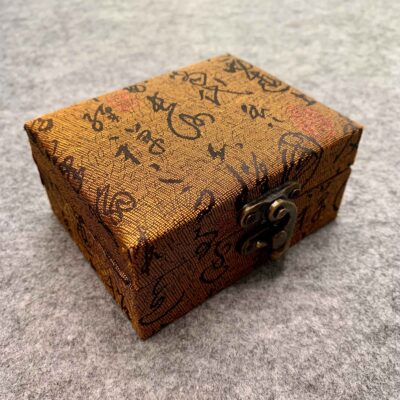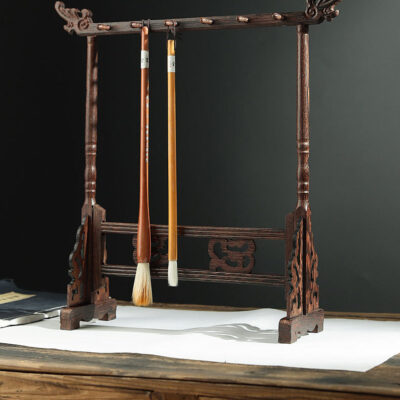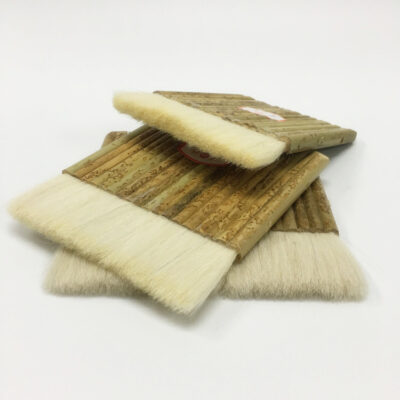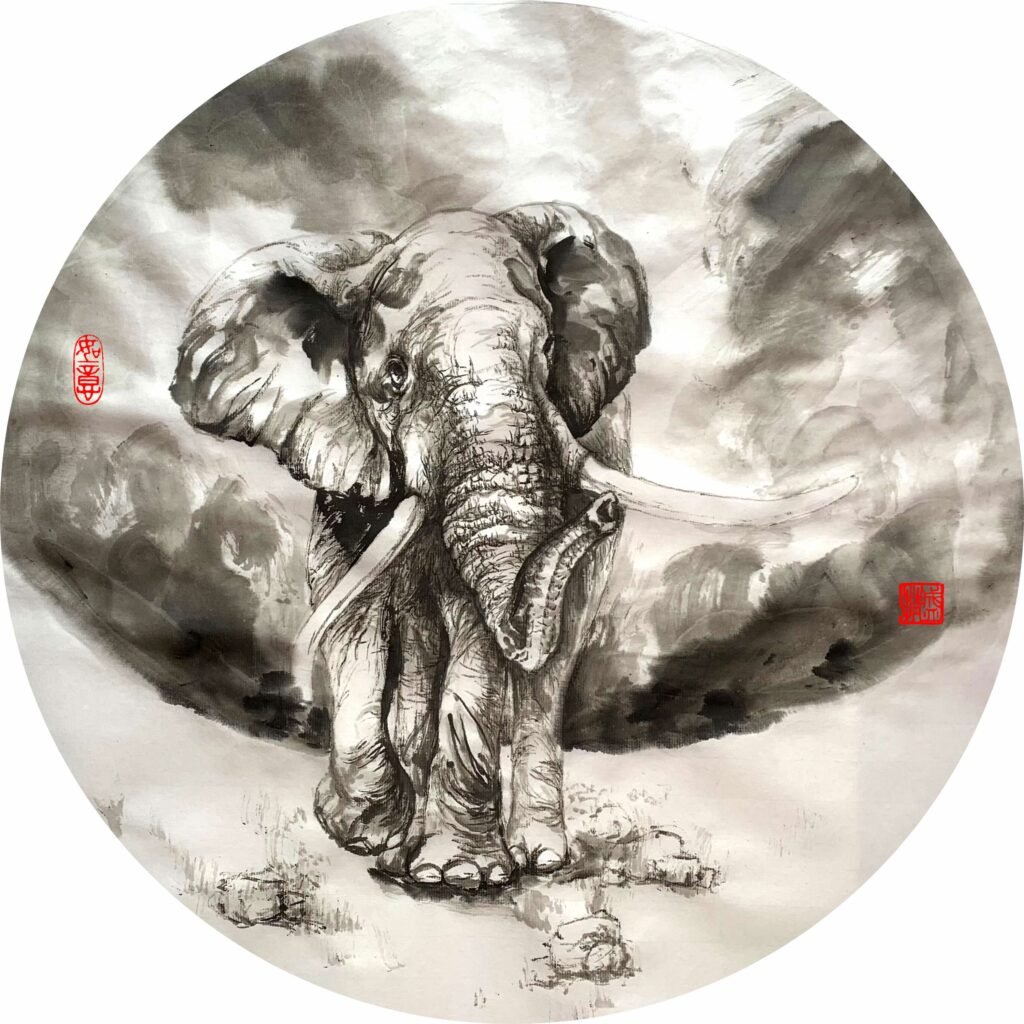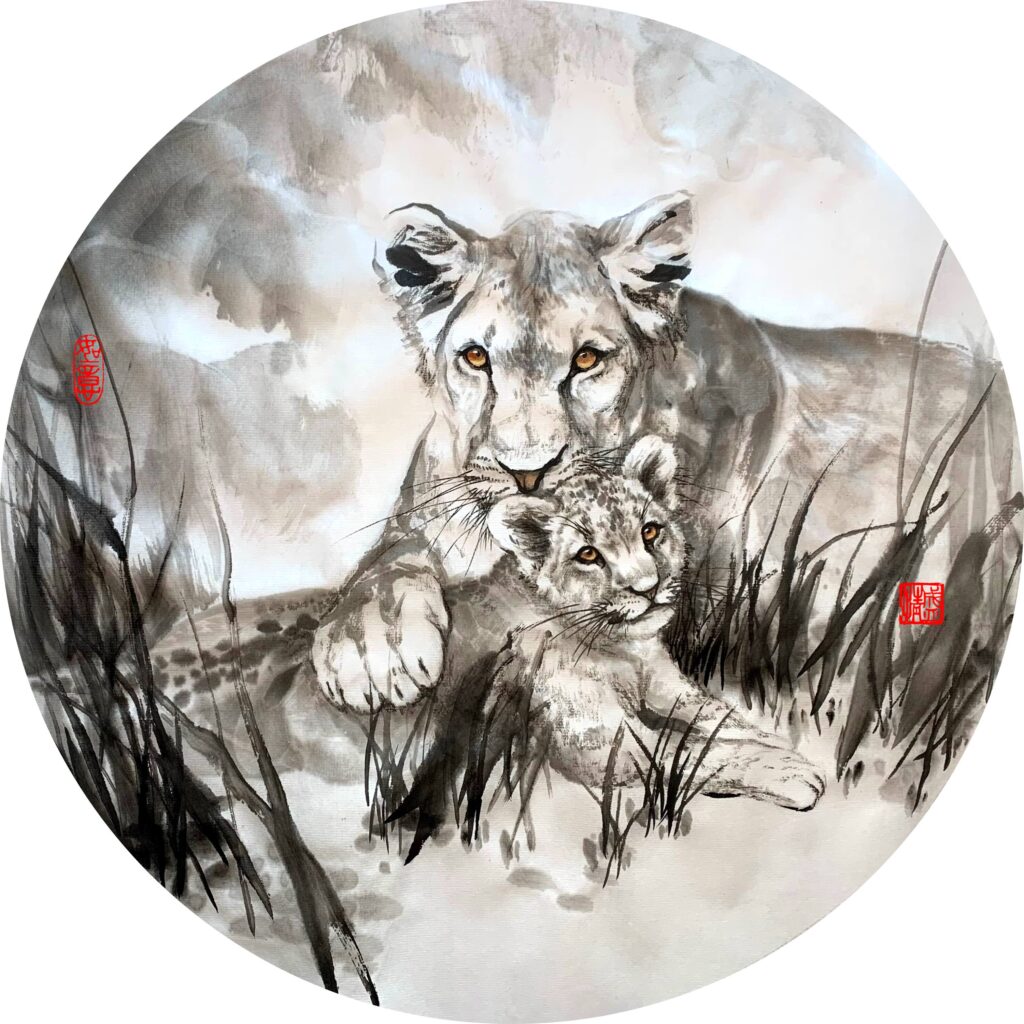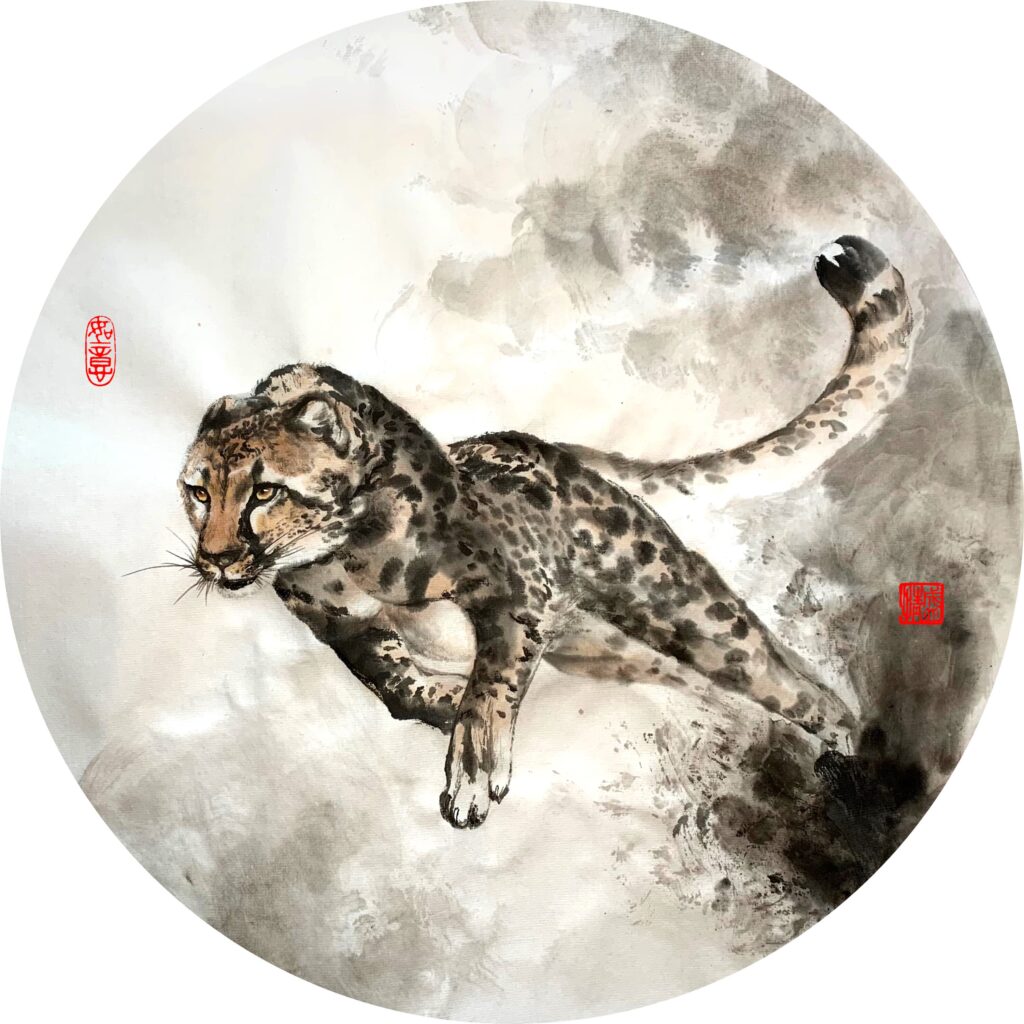Continuing from our previous post, let us pull our focus to the last aspect of the point of discussion, the symbolism related to longevity. Longevity is a topic that engaged the most undivided interests of all people – from the emperors to the general public – for centuries. The ultimate goal of the Taoism pursuit is longevity and immortality, to become the “raised person in the mountains” as shown in the character “仙”. And the Taoism beliefs are deeply embedded in the cultural foundation. There are many recorded methods for someone to maintain high levels of energy and even rejuvenate according to the Taoism, including the way to intake food, the way to manage the body and spirit, and some of the famous Taoists were recorded to have lived for more than 800 years of age. This may be a far fetched exaggeration, but the society until today is still quite obsessed with maintaining a healthy lifestyle and obtain longevity in all ways possible.
In the search for longevity many happy accidents took place, including the discovery of Toufu and gunpowder. When it comes to the symbols of longevity however, there are many as you can imagine. Let us explore a few selected ones in this post!
Pine Trees
Pine trees are typical representations of longevity, probably because of its ever green appearance, its vibrant life energy, and its actual longevity. Pines are painted often in the oriental paintings, usually combined with a bird, crane.
Crane
Cranes are often seen in the oriental art, they are pure and elegant and they are loved by the general public. The cranes are believed to be “fairy” birds, as they are recorded to be able to live between 60 and 100 years. Such long living animals naturally are worshipped, and somewhere along the way their stories become more magical. The ancient book says, when the crane lives up 1000 years, it becomes “cang” (仓); And when they live to 2000 years, they become black. So between the pine trees and the crane, both share similarities in their longevity and other representation, therefore the two often are painted together.
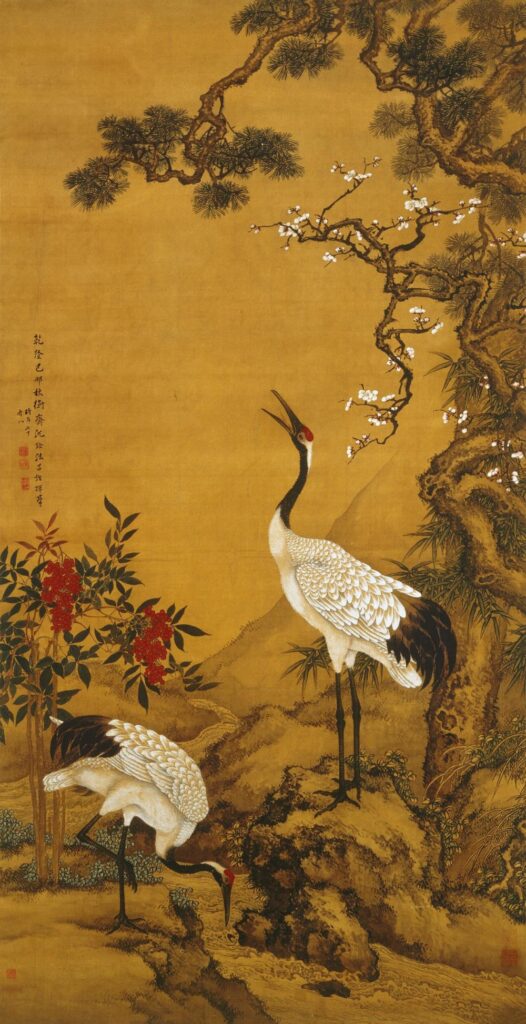
Peaches
Peaches have been planted in China for over 3000 years, and there are many mythical stories involving them: the heavenly palace has a peach garden, and there are 3 levels of peaches inside. They ripe once every 3000, 6000, and 9000 years respectively. Whoever eats them will gain immortality, and will maintain great health for eternity. These peaches are used for the birthday party of the Jade emperor and his empress, and in the modern human world the peach shaped cakes are still used during birthdays bearing the meaning of longevity. The stories of peaches and their magical powers have been told throughout history, and even the wood from peach trees, the prosperous peach blossoms all have great meanings associated with them, providing blessings to all.
In paintings the meaning of a peach is quite obvious, they not only have beautiful colors, but also bear the blessing of longevity.

Paradise Flycatcher
These are rather interesting birds unique to the eastern world. They usually are red, and the males have long and elegant tails. They are rather small birds, but are multi-functional in all kinds of oriental paintings, especially when they carry the name “寿带”, literally meaning the ribbon of longevity. Red as you know is festive color, and therefore this birds contain everything that the oriental world loves – longevity and happiness. You may often see these birds painted with peony flowers, or even paired with bamboo, then the painting can almost “speak” directly to you: to wish you longevity and prosperity. Bamboo, “zhu”, in sound, is similar to the word that means “to wish”; the rest of the images you already understand by now, they respectively mean longevity and prosperity.

Cats & Butterflies
Did you know that cats mean more than wealth? Especially when they appear together with butterflies! Cats, “mao”; Butterfly, “dié” in sound, are similar to the word used to describe elderly people of the age of 80 or 90, “mao dié”, “耄耋”. In the ancient times, the elderly of such ages are definitely people of longevity, and therefore it is common to wish for anyone to live to that age and have a healthy and harmonious life.
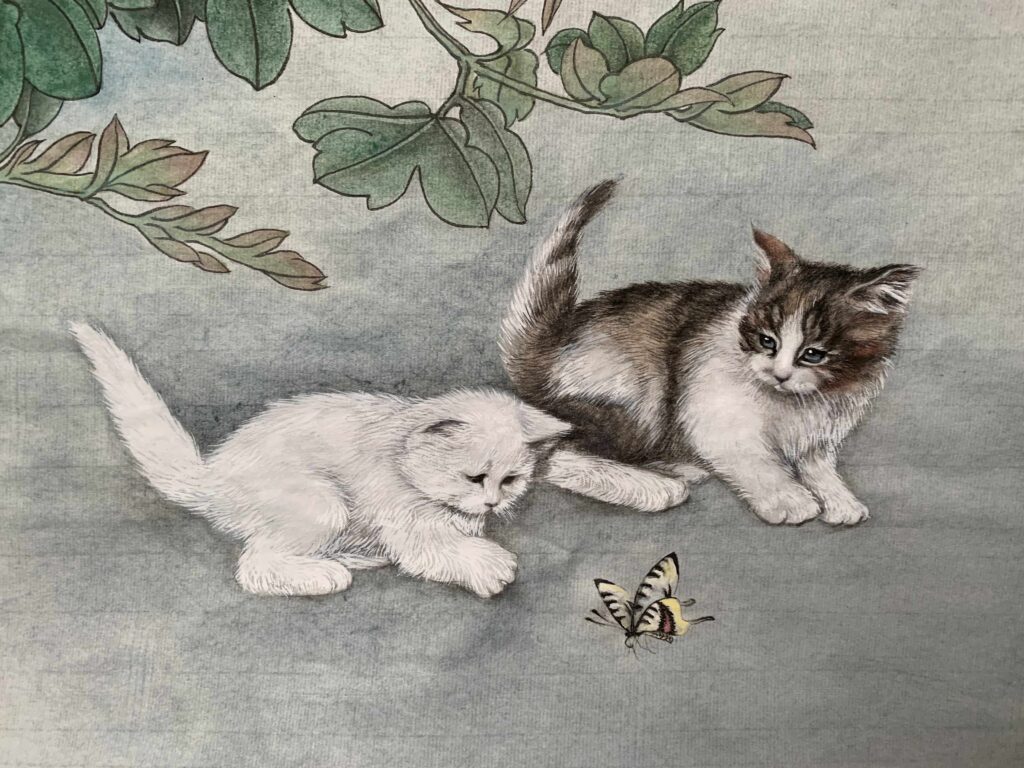
So far we attempted to explore the world of symbolism in the oriental art world. There are many more in fact, which we will leave for discussions in the future! I wish that from these 3 posts that you are able to gain some in depth understanding regarding the mysterious oriental art, and now you should be able to “decode” the hidden languages much better! Are there other things that caught your eyes but for which you could not find an explanation? Leave me a comment and let me help you solve the mystery!
Enjoy such cultural discussions? Have comments? I look forward to hearing from you!
Buy Artworks | Learn Brush Painting | Learn Chinese Calligraphy
